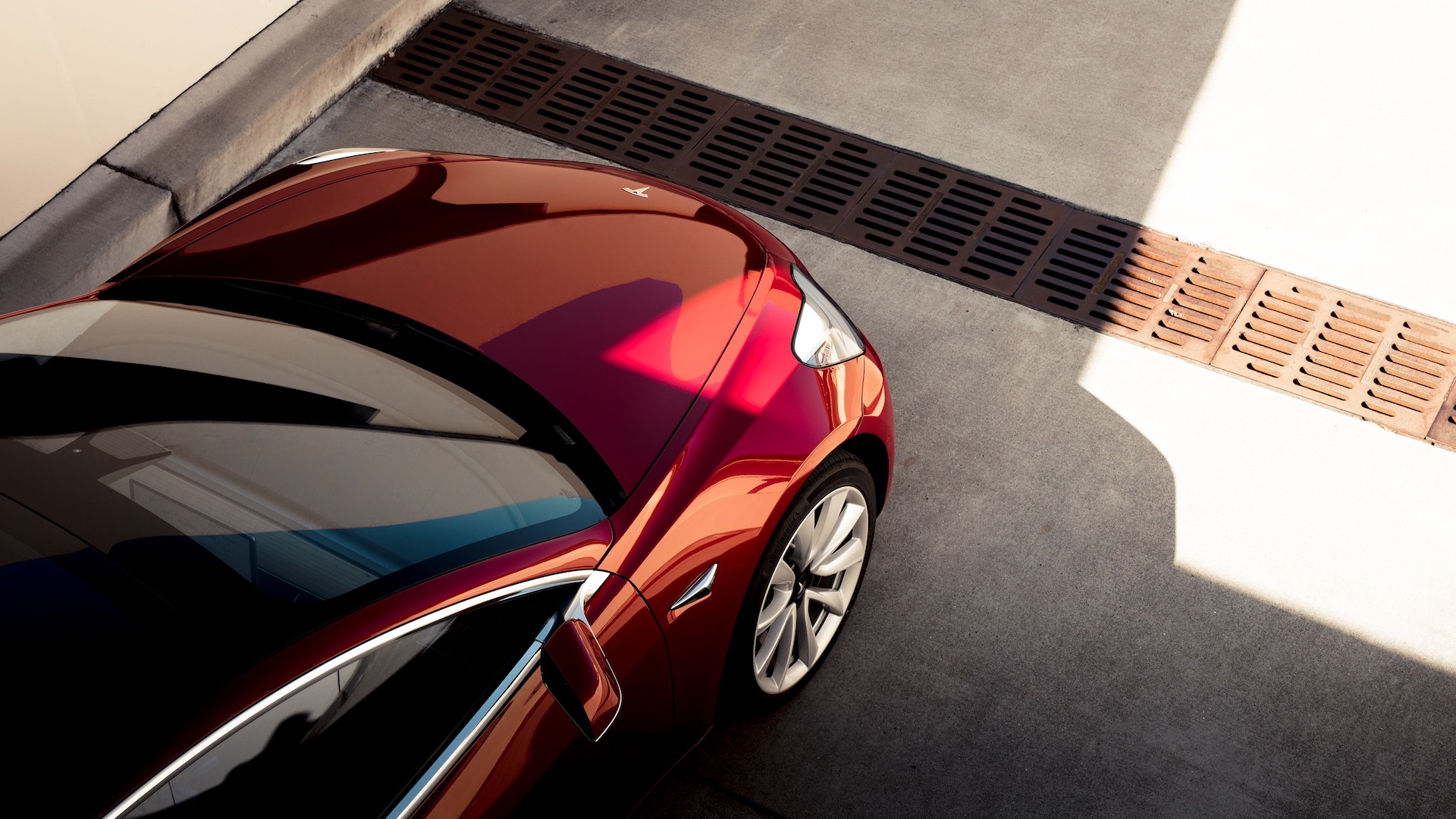

Last week, the New York City Taxi and Limousine Commission (TLC) officially approved the first electric car to be used as an NYC Yellow Taxi: the Tesla Model 3.
Although the TLC has piloted the use of battery-electric vehicles and hybrids in the past, the Model 3 makes history as the first-ever fully electric car under the commission’s watch to be worthy of wearing the coveted yellow cab paint and medallion.
The truth is that electric taxis aren’t anything new. In fact, the first self-propelled cabs in New York City during the 1890s were electric and remained that way until gas-powered competitors became more feasible. However, as regulation strengthened and the TLC became the governing body over cabbies in New York City, requirements eventually created a list of cars eligible for hack-up certification—a list which, according to a spokesperson from the TLC, did not include EVs until last week.
Using EVs as taxis and ride-sharing vehicles is a phenomenon growing in popularity across the world. For example, a firm in Dubai has its own fleet of taxis fully populated by Tesla Model S and Model X vehicles; Uber has also offered pilot programs to its drivers where it rewards the drivers of EVs with certain stipends. Even Tesla wants to get into the mix with its claimed upcoming fleet of robotaxis.
As for NYC taxi drivers, a spokesperson for the TLC told The Drive that no individuals have yet registered their Teslas with the regulatory body, though that could change any day now that the Model 3 is an approved vehicle.
Another consideration for drivers will be charging infrastructure. While electric cars offer far better efficiency while in traffic or idling, they still suffer from the inevitable need to recharge. Fortunately, the average NYC taxicab driver only travels about 192 miles per day, making the battery in even the lowest trim Model 3 (Standard Range Plus) sustainable for a day’s work. However, that may not be enough for shared cabs, or drivers who tend to work more than others.

According to Tesla’s Supercharging map, the automaker has as many as 11 Supercharging stations across the city’s five boroughs and plans to nearly double that number over the next year. There’s only one problem: Tesla explicitly forbids commercial vehicles from using its Supercharging network. And while its destination charging infrastructure is quite denser, it isn’t intended to be used as an outlet for fast charging.
“To help ensure that Superchargers are available for their intended use, we ask that you not charge your vehicle using a Supercharger if your vehicle is being used as a taxi,” reads the legal page of Tesla’s website. It continues, “If you charge your vehicle in a manner that does not comply with this Supercharger Fair Use Policy, we may ask you to modify this behavior. We may also take additional action to protect the availability of Superchargers for their intended purpose, such as limiting or blocking your vehicle’s ability to use Supercharger stations.”
Drivers may also need to consider the charging infrastructure at home, especially if they live somewhere with on-street parking.
The Model 3 absolutely shines in maintenance and longevity. Electric cars need notably less upkeep to ensure they stay running, and Tesla knows that. In fact, it says that the drive unit in the Model 3 is validated for “over 1 million miles” and is even used to make up the drivetrain of the upcoming Tesla Semi. Tesla also says that the battery in the Model 3 is engineered to last up to 500,000 miles. A hack-up certified cab can only be used for seven years and given the average annual trip length, that comes out to just around 490,000 miles.
The Model 3 is likely just the first BEV to be selected for use under the TLC’s 48-year regulatory purview. As more automakers begin investing in electric cars, this list could grow substantially over the next decade. And with ridesharing services booming in popularity, the number of EVs on the road serving a similar purpose could also grow exponentially.
